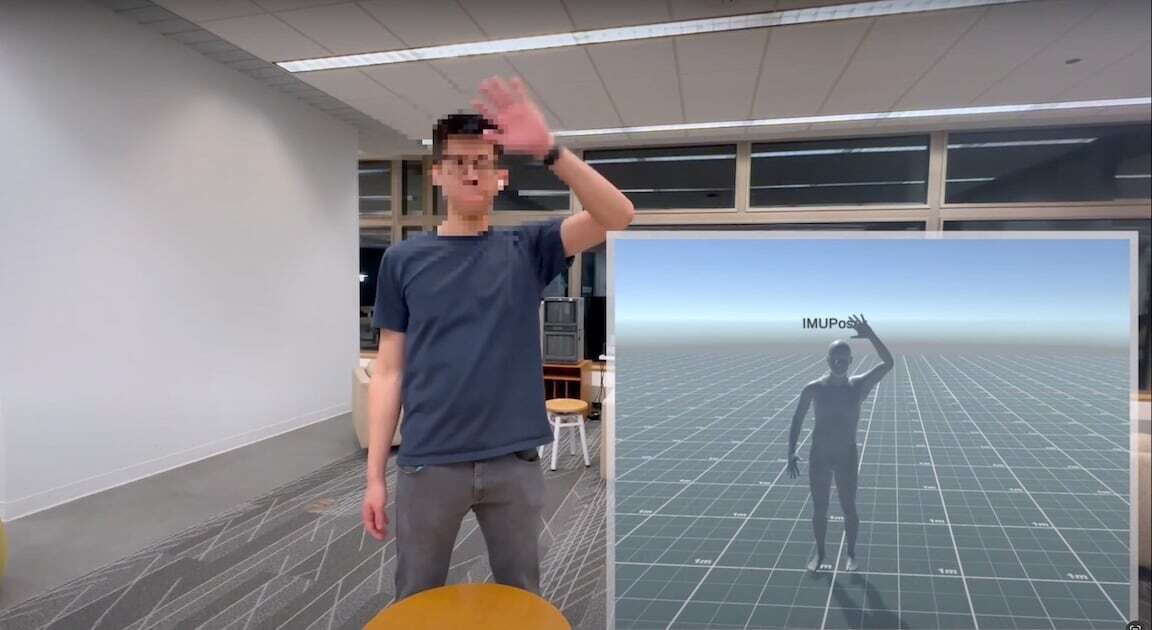
Engineers at Northwestern University have developed a new full-body motion capture system called MobilePoser. Unlike current equipment, this system does not require specialized rooms, expensive equipment, bulky cameras, or additional sensors. This advancement makes motion capture accessible and ubiquitous, as the MobilePoser smartphone application leverages the built-in sensors in mobile devices such as smartphones, smartwatches, and wireless headphones.
"By eliminating the need for external infrastructure or specialized hardware, MobilePoser makes motion capture truly ubiquitous and accessible," explained Karan Ahuja, a computer science professor at Northwestern University and leader of the study.
To achieve motion capture, Ahuja's team used inertial measurement units (IMU), a system already present in devices like smartphones, but whose fidelity was insufficient for precise applications. To enhance its performance, they added a custom multi-stage artificial intelligence algorithm that estimated the positions and rotations of joints, as well as the speed and direction of movement.
MobilePoser can reconstruct full-body postures and global translation in real-time using a subset of the user's devices, dynamically adjusting to input configurations. This application offers various use cases, such as immersive experiences in gaming, motion analysis in health and wellness, and precise indoor localization without the need for external infrastructure.
According to Karan Ahuja, the future goal is to advance mobile motion capture through calibration techniques using advanced machine learning. The adaptable architecture of MobilePoser allows its use with different combinations of devices, from a single phone to multiple devices on different parts of the body, with the ultimate aim of making motion tracking as common as GPS navigation is today.













